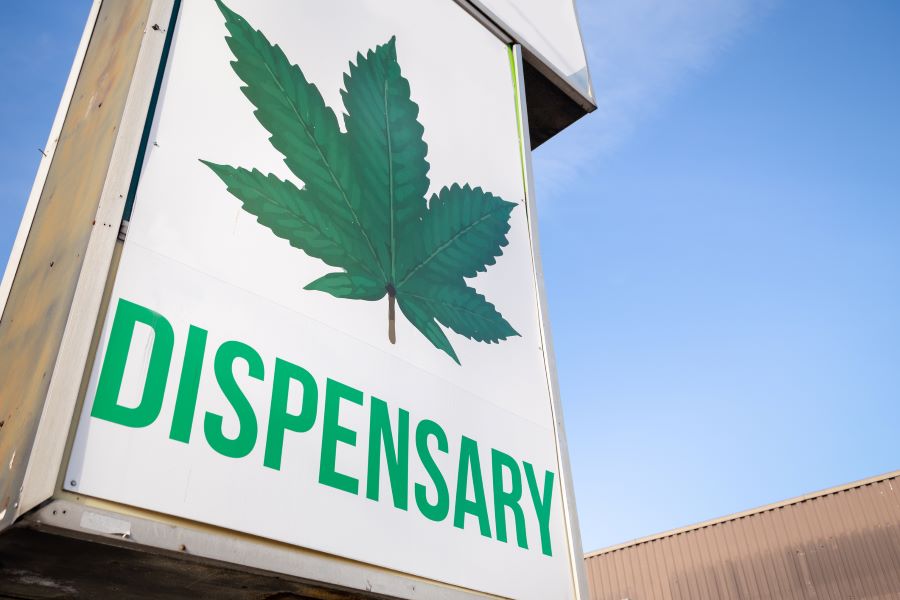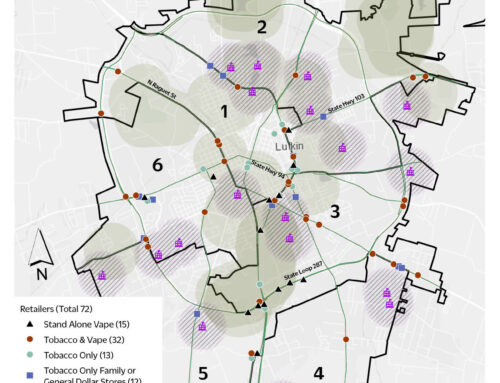With adult use cannabis now legalized in 18 states and counting, it seems pretty clear that recreational cannabis will soon be available in more retail spaces across the country, whether public health is ready for it or not. As the cannabis industry begins to implement many of the same strategies perfected by the tobacco industry to market their products, there are best practices in tobacco control policy that could serve as lessons for establishing strong cannabis regulations.
- Set prices high. According to the Surgeon General, raising the price of tobacco products is one of the most effective strategies for reducing initiation, decreasing consumption, and increasing cessation. Strategies to increase prices include setting minimum price floors or prohibiting coupons and discounts. High cannabis pricing has the potential to similarly decrease initiation, especially among price-sensitive populations, like youth.
- Reduce availability of flavors. Research shows that youth and young adults associate flavored tobacco products with less perceived harm and have greater interest in experimentation with flavored tobacco. It is reasonable to anticipate similar findings for cannabis-infused foods and beverages or other flavored cannabis products. The tobacco industry has a long history of marketing flavored products to youth. Along with being sold in candy flavors, many flavored tobacco products are packaged similarly to popular candy products. Cannabis products are increasingly available in a wide variety of flavors and flavor-sounding names, with significant marketing and promotion. Restrictions on flavored tobacco products have been successful in decreasing the probability that youth start smoking.
- Limit retailer density and proximity. Similar to the strong evidence around the impact of tobacco retailer density, researchers have identified an association between higher retail outlet availability and increased cannabis use, including a higher likelihood of experimentation among youth. Analysis also points to a higher concentration of cannabis retailers in already disadvantaged neighborhoods. Several policy strategies that have proven successful for limiting tobacco retailer density could similarly be applied to cannabis retailers, such as capping the number of retailers based on population size or restricting permits for retailers within a certain distance of schools. These density restrictions are generally implemented through licensing or zoning ordinances.
Now is the time to consider these lessons as states continue to make regulatory decisions around their cannabis marketplace.
Interested in discussing concepts like this with peers across the country? Join our Cannabis Learning Collaborative! Our Cannabis Collaborative features quarterly presentations and resources, while saving space for states with recently adopted or pending adult use cannabis legislation to ask questions, share lessons learned, and prepare for the potential impact on public health issues, especially tobacco prevention and control efforts. Our next meeting is scheduled for August 3rd, 2022 at 2 PM EST. For more information, contact [email protected].





